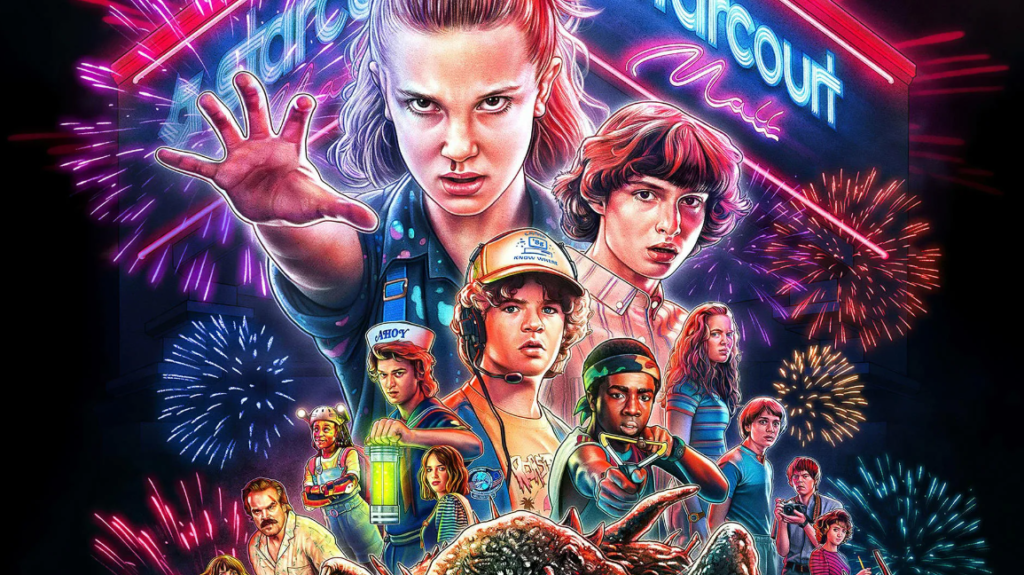
Stranger Things Season 3 dropped on Netflix on July 4th, and chances are you’ve already binged the entire season at least once by now. If you haven’t, be cautious, as the following section is filled with spoilers.
From the beginning, Stranger Things has been immersed in nostalgia. While it features compelling characters who’ve risen from obscurity to global fame (excluding the perpetually shining star Winona Ryder), macabre mysteries beneath the fictional town of Hawkins, Indiana, and an intense sense of dread over the fate of beloved characters, the feel-good factor stems from its loving homage to numerous beloved horror, sci-fi, and drama narratives that preceded it.
Stranger Things Season 3 continues this successful trend by embracing the established aesthetics of its previous seasons: super-powered youth, secretive government experiments, otherworldly monsters breaching into reality, and the camaraderie of childhood friends embarking on perilous adventures together. The season pays tribute to the works of Stephen King, John Carpenter, properties like Dungeons & Dragons and Ghostbusters, and more. So, what other pop culture icons does the new season feature?
Quite a few, indeed. Most of them play a significant role in the story, either influencing the central conflict’s big bad beastie or making literal appearances on the small screen – a notable and likely costly endeavor in terms of licensing. But does an assembly of pop culture references hold up against the originals? Is it somehow better? In the words of Lucas (Caleb McLaughlin), comparing New Coke, “The original is a classic, but the remake … sweeter, bolder, better.” However, does it truly measure up? Your opinion may differ, but here are the sources of inspiration for Stranger Things Season 3 if you’re interested in exploring them.